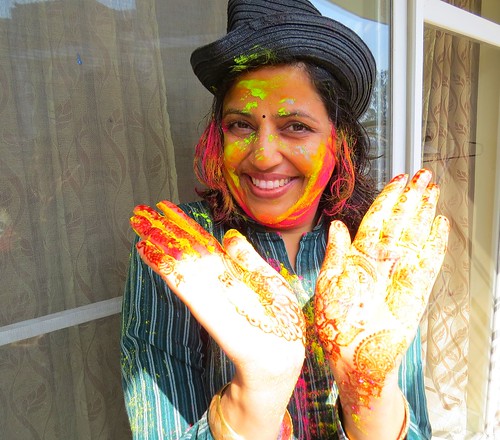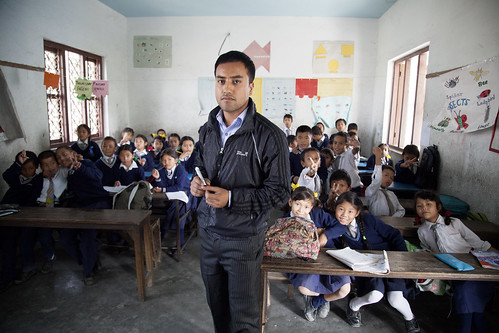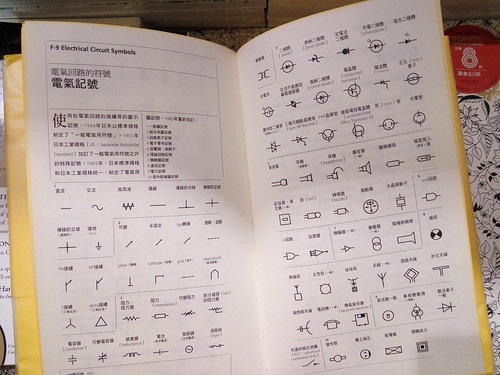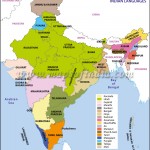How are my Students Taught in Other Countries?
Having a general sense of cultural norms can help a classroom teacher anticipate potential misunderstandings when dealing with students and families. Although it is important to understand overall characteristics of your students’ public education, it is more important not to form generalizations. When in doubt, my advice to you is to ask families about their prior education. My personal inquires, research and experiences have uncovered vast differences between American public schools and public schools in other countries.
In India
 Rajeev India (THANKS for views, comments n faves) via Compfight
Rajeev India (THANKS for views, comments n faves) via Compfight
In a recent parent- teacher conference, a father from India, explained the differences he experienced between his early childhood student’s former education and the education he is experiencing here in the United States. This conversation left me with these key understandings:
- Depending upon their grade level, students could be in school for as little as 2 to 4 hours per day.
- Class size was double the size here.
- The curriculum was highly dependent upon parental support. Parents were handed the curriculum to use at home but not provided with resources or materials; an extra fee was charged for materials.
A conversation with a mother, recently immigrated from India, offered validity to his comments. When I handed her a form requiring a signature for English language services, she quickly replied, “How much do I owe you?” Needless to say, she was pleasantly surprised to find out that we provide the services free of charge in America.
Many of my students from both public and private schools in India report punishment from their former teachers. Unicef- India on Corporal Punishment explores this in more detail.
Facts about India from Children United
In an article produced by Knowledge@Wharton, 2013, it is mentioned that:
-
India’s private-schooled, English-speaking urban elite may attract global attention, but they are in the minority. The vast majority of Indian children attend government-run primary schools in rural areas. In 2008-2009, rural India accounted for more than 88% of India’s primary-school students, of whom over 87% were enrolled in government-run schools. This is where we see some of the nation’s toughest challenges.
-
In rural schools “Teachers have to teach multiple grades, textbooks are pitched far above the comprehension level of students, and each classroom has children with different levels of learning achievements.” Anurag Behar, CEO of the Azim Premji Foundation, an education non-profit, noted that “the average school teacher in India does not get adequate pre-service or in-service education, nor does she get the support to overcome these problems.” Compounding this is the relatively low educational qualifications of many teachers themselves. In 2008-2009, on average, 45% of these teachers had not studied beyond the 12th grade.
-
Flawed Teaching Methodology: In India, rote learning has been institutionalized as a teaching methodology. “Primary school teachers in rural India often try to educate students by making them repeat sections of text over and over again,” said Jhingran. Often they do not explain the meaning of the text, which results in stunted reading comprehension skills over the course of the children’s education. For example, many students in grades two and three in one particular school struggle to read individual words, but can neatly copy entire paragraphs from their textbooks into their notebooks as though they were drawing pictures.
-
According to Khatwar, “more and more parents in small towns are choosing to send their children to private schools if they can afford it” — perhaps with good reason, because, on average, the number of students in each classroom in private schools is often smaller and school heads exert greater control over teachers.
‘Needs Improvement’: Despite Progress, India’s Primary Education System Has a Ways to Go.Knowledge@Wharton (2013, January 02). Retrieved from http://knowledge.wharton.upenn.edu/article/needs-improvement-despite-progress-indias-primary-education-system-has-a-ways-to-go/
In Saudi Arabia
 GlobalPartnership for Education via Compfight
GlobalPartnership for Education via Compfight
Over the past decade immigration from Arabic speaking nations has been on the rise in the United States. In fact, the most recent US Department of Education data at nces.ed.gov blog lists Arabic as the second highest native language in the United States. One challenge I have observed for children from Saudi Arabia is their assimilation into a mixed gender classroom. It can be especially challenging for boys when they are not familiar with female teachers.
One of the best resources for researching Arabic culture is produced by the military. Check out Arab Culture for extensive research into Arabic culture.
Saudi Arabian etiquette: http:/commisceo-global guide
In Haiti
 Carsten ten Brink via CompfightIn Haiti
Carsten ten Brink via CompfightIn Haiti
Teaching English to Speakers of Other Languages in northern New Jersey from 2000-2007 allowed me to teach and observe students from Haiti. With Haitian Creole as our highest language served, our high school principal chose to research Haitian education for her doctorate dissertation. Here is what I witnessed from videos of her visit to Haitian schools:
- Teacher-fronted lectures in a straw hut.
- Too many students to count.
- Children sitting on a dirt floor peering into the crowded room through open windows and orally reciting after the teacher because they did not have pencils.
It did not take long for me to realize that that I needed to provide my Haitian immigrant students with the culturally relevant instructional strategy of echoing, a Kagan structure whereby the students’ repeat the modeled language. This strategy added engagement at the right moments.
Some argue that Haiti is teaching the wrong language. Haitian Creole is the primary language spoken in the home yet French has been the language taught in schools. BBC News and theweek.com
village-school-haiti-started-national-movement-teach-kids-language-they-speak speaks to the reforms underway to address the issue of language in Haitian schools.
USAID has been making gains in educational reform. Read more from USAID Haiti 2016
In Korea
 albyantoniazzi via Compfight
albyantoniazzi via Compfight
Generally, I have four tips from first-hand conversations with a high school student and a middle school teacher in an international public school located in South Korea.
- The teacher is the giver of knowledge and lectures in front of class- discussion is rare.
- Homework is plentiful with students tending to tutor sessions or homework assignments until late into the night.
- Student learning is enhanced with technology or one to one.
- Exams can be long with essays in one subject area.
Many articles have been published showing the pros and cons of South Korean education. Some feel America could learn from South Korea. ABCnews Others feel it is too intense. NPR- All Work and No Play

